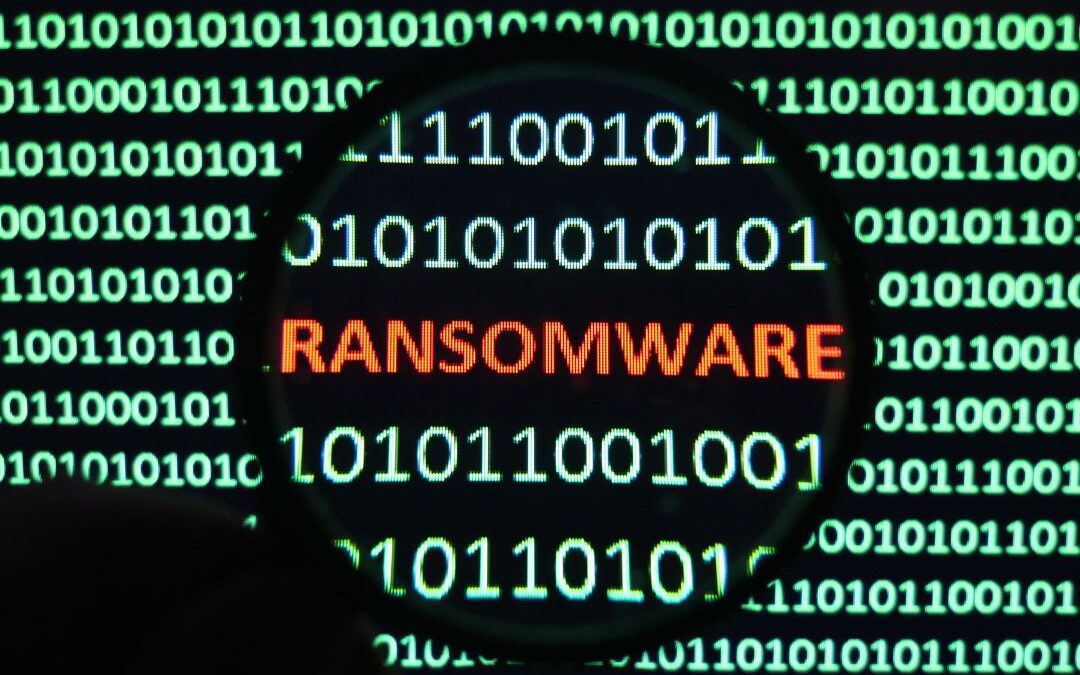Massive Layoffs In 2024 Create A Serious Threat To Your Cybersecurity
The massive wave of layoffs in 2024 brings a cybersecurity threat that most business owners aren’t focusing on – offboarding employees. Even big-time brands that you would expect to have top-of-the-line cybersecurity systems, processes and procedures in place fail to adequately protect themselves from insider threats. This August marks a year since two disgruntled Tesla employees went rogue after being let go and exposed the personal information – including names, addresses, phone numbers and even the Social Security numbers – of over 75,000 people, including employees.
And, of course, the issue is expected to get worse. According to NerdWallet, as of May 24, 2024, 298 US-based tech companies have laid off 84,600 workers and counting. This includes major layoffs at big companies like Amazon, Google and Microsoft, as well as smaller tech start-ups. In total, around 257,254 jobs were eliminated in the first quarter of 2024 alone.
Whether or not you’ll need to downsize your team this year, having a proper offboarding process in place is essential to every business, big or small, because it’s more than a routine administrative task – it’s a critical security precaution. Failing to revoke access for former employees can lead to serious business and legal implications later.
Some of those issues include:
- Theft Of Intellectual Property – Employees can sneak away with YOUR company’s files, client data and confidential information stored on personal devices, as well as retain access to cloud-based applications like social media sites and file-sharing sites (Dropbox or OneDrive, for example) that your IT department doesn’t know about or forgets to change the password to.
A study by Osterman Research revealed that 69% of businesses experience data loss due to employee turnover, and 87% of employees who leave take data with them. Most often, the information you worked hard to gather is sold to competitors, used by them when they’re hired by the competition or used by the former employee to BECOME a competitor. Any way you cut it, it screws YOU.
- Compliance Violations – Failing to revoke access privileges and remove employees from authorized user lists can register you as noncompliant in heavily regulated industries. This simple mistake can result in large fines, hefty penalties and, in some cases, legal consequences.
- They DELETE Everything – If an employee feels unfairly laid-off and retains access to their accounts, they could easily delete ALL of their e-mails and any critical files they can get their hands on. If that data isn’t backed up, you will lose it ALL. And for those thinking, “I’ll sue them!” Rightfully so, but even if you do sue them and win, the hard reality is that the legal costs, time wasted on the lawsuit and recovering the data, plus the aggravation and distraction of dealing with it all, are greater costs than what you might get awarded if you win the lawsuit and might collect in damages.
- Data Breach – This could be the most terrifying of all. Unhappy employees who feel they have been wronged can make you the star of the next devastating data breach headline and incur a costly lawsuit to go with it. It could be as simple as making one click and downloading, exposing or modifying your clients’ or employees’ private information, financial records or even trade secrets.
Do you have an airtight offboarding process to curb these risks? Chances are you don’t. A 2024 study by Wing revealed that one out of five organizations has indications that some of their former users were not properly offboarded, and those are the people who were astute enough to detect it.
How DO you properly offboard an employee?
- Implement The Principle Of Least Privilege – Successful offboarding starts with proper onboarding. New employees should ONLY be given access to the files and programs they need to do their jobs. This should be meticulously documented to make offboarding easier.
- Leverage Automation – Your IT team can help use automation to streamline revoking access to multiple software applications simultaneously, saving time and resources while reducing the likelihood of manual errors.
- Implement Continuous Monitoring – You can implement software that tracks who is doing what and where on the company network. This can help you identify suspicious behavior by an unauthorized user and help you determine if a former employee retains access to private accounts.
These are only a few ways your IT team can help improve your offboarding process to make it more efficient and secure.
Insider threats can be devastating, and if you think this can’t happen to you, think again. You have to be proactive in protecting your organization.
To find out if any gaps in your offboarding process expose you to theft or a data breach, our team will do a free, in-depth risk assessment to help you resolve it. Call us at 216-800-7800 or click here to book now.



